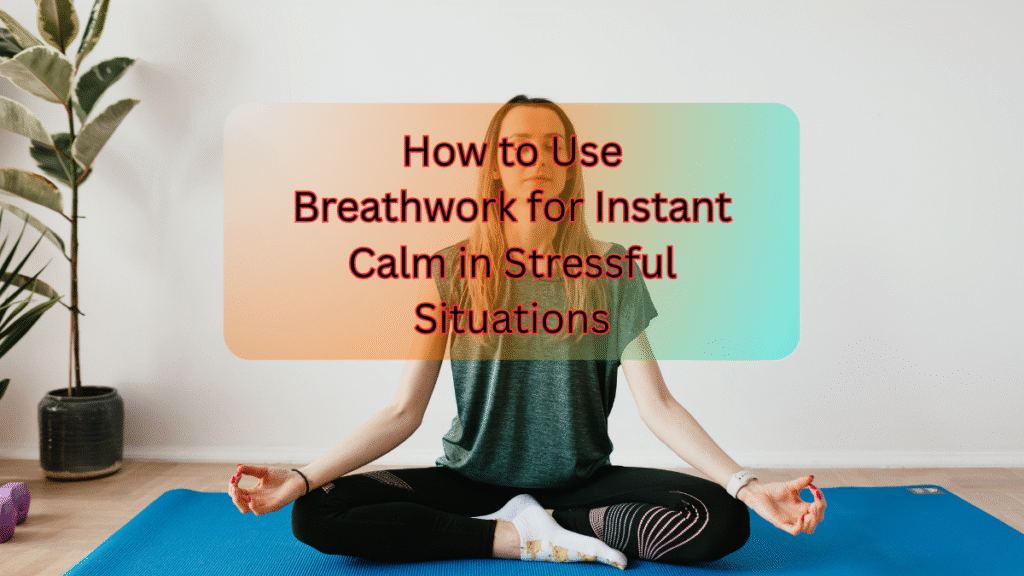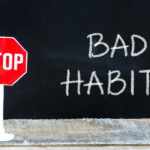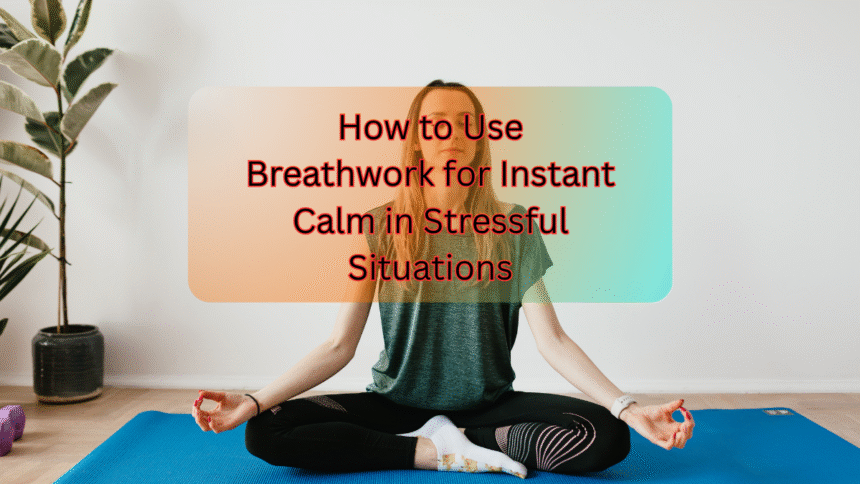Use Breathwork for Instant Calm
Life can be overwhelming. Whether it’s a looming deadline, a heated argument, or an unexpected crisis, stress has a way of hijacking our nervous system, leaving us feeling frazzled and out of control. But what if you had a simple, always-accessible tool to regain your calm in seconds?
Enter breathwork—the practice of consciously controlling your breathing to influence your mental, emotional, and physical state. Unlike meditation or yoga, which require time and space, breathwork can be done anywhere, anytime, offering instant calm in stressful situations.
In this guide, we’ll explore how breathwork works, why it’s so effective, and practical techniques you can use to reduce stress and anxiety on the spot.

Why Breathwork Works for Stress Relief
Breathwork isn’t just a trendy wellness hack—it’s backed by science. When you’re stressed, your body activates the sympathetic nervous system (the “fight or flight” response), leading to rapid breathing, increased heart rate, and muscle tension.
By consciously slowing and deepening your breath, you activate the parasympathetic nervous system, which counters stress and promotes relaxation. Research from Harvard Medical School confirms that controlled breathing can lower cortisol levels, reduce blood pressure, and improve emotional regulation.
The Benefits of Breathwork for Stress:
- Instant relaxation – Calms the mind within minutes
- Improved focus – Helps clear mental fog
- Lower anxiety – Reduces panic and overwhelm
- Better emotional control – Prevents reactive outbursts
5 Breathwork Techniques for Instant Calm
1. The 4-7-8 Breathing Method (Relaxing Breath)
Developed by Dr. Andrew Weil, this technique is perfect for quick stress relief.
How to do it:
- Inhale deeply through your nose for 4 seconds.
- Hold your breath for 7 seconds.
- Exhale slowly through your mouth for 8 seconds.
- Repeat 3-4 times.
Best for: Anxiety attacks, insomnia, or when you need to calm down fast.
2. Box Breathing (Navy SEAL Technique)
Used by Navy SEALs to stay composed under pressure, this method brings instant mental clarity.
How to do it:
- Inhale for 4 seconds.
- Hold for 4 seconds.
- Exhale for 4 seconds.
- Hold for 4 seconds.
- Repeat for 3-5 rounds.
Best for: High-pressure situations like public speaking or difficult conversations.
3. Diaphragmatic Breathing (Belly Breathing)
Deep belly breathing engages the diaphragm, signaling the body to relax.
How to do it:
- Place one hand on your chest, the other on your belly.
- Inhale deeply through your nose, letting your belly rise (chest should stay still).
- Exhale slowly through pursed lips.
- Repeat for 5-10 breaths.
Best for: Chronic stress, digestive issues, or grounding yourself.
Video Credits
4. Alternate Nostril Breathing (Nadi Shodhana)
A yogic technique that balances the left and right brain for emotional equilibrium.
How to do it:
- Close your right nostril with your thumb, inhale through the left.
- Close the left nostril, exhale through the right.
- Inhale through the right, then switch.
- Continue for 5-10 cycles.
Best for: Mental fatigue, emotional turbulence, or before important decisions.
5. The Sighing Breath (Physiological Sigh)
A natural reset button for stress, popularized by Stanford neuroscientist Dr. Andrew Huberman.
How to do it:
- Take a double inhale—first a short sniff, then a deep breath in.
- Exhale long and slow through the mouth.
- Repeat 2-3 times.
Best for: Instant tension release during acute stress.
Common Breathwork Mistakes to Avoid
- Holding your breath too long – Can cause dizziness.
- Breathing too fast – May trigger hyperventilation.
- Forcing it – Stay gentle; breathwork should feel natural.
How to Make Breathwork a Daily Habit
- Set reminders – Use phone alerts or pair it with daily routines (e.g., morning coffee).
- Track progress – Journal how different techniques affect your mood.
- Combine with movement – Try walking meditations or stretching.
Final Thoughts: Your Breath Is Your Superpower
Stress is inevitable, but how you respond is within your control. Breathwork is a free, portable, and instant way to regain calm in chaotic moments. Whether you use the 4-7-8 method before a big meeting or box breathing during an argument, these techniques can transform your stress response.
Your turn: Which breathwork technique will you try first? Share in the comments or tag a friend who needs this!











